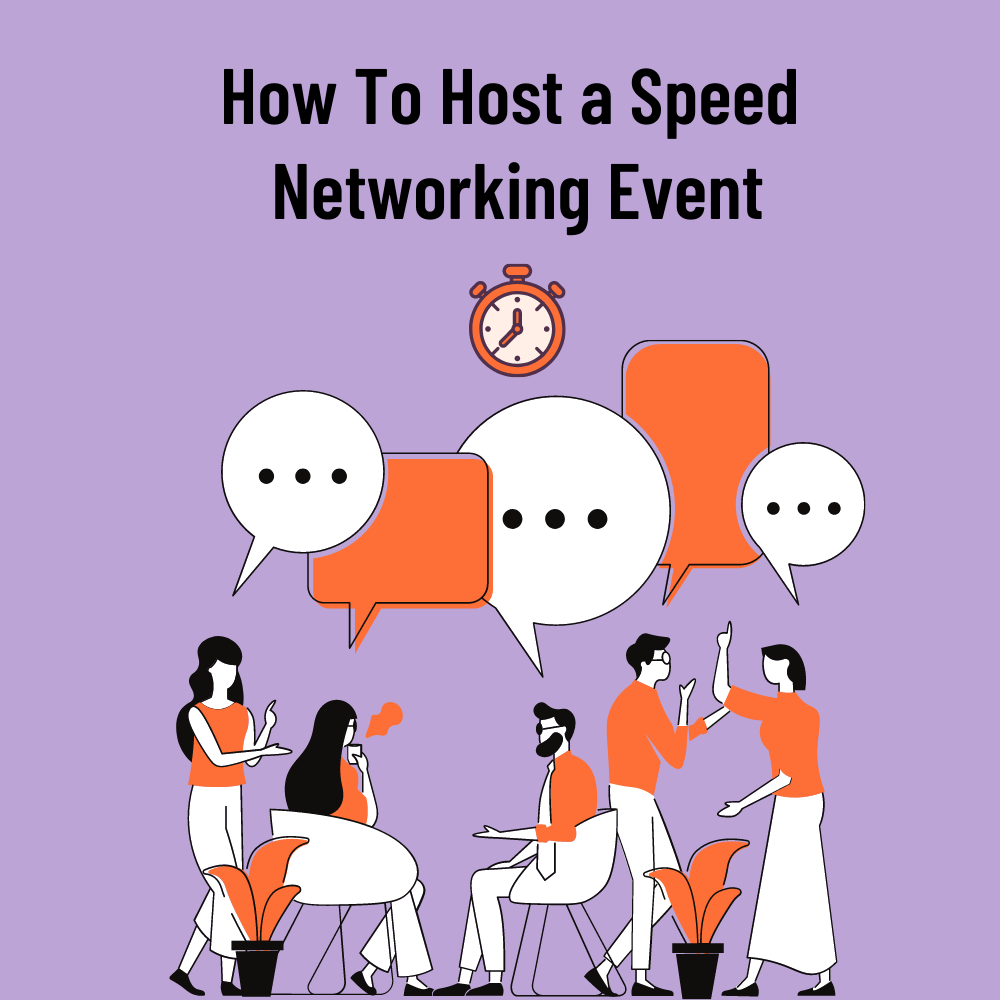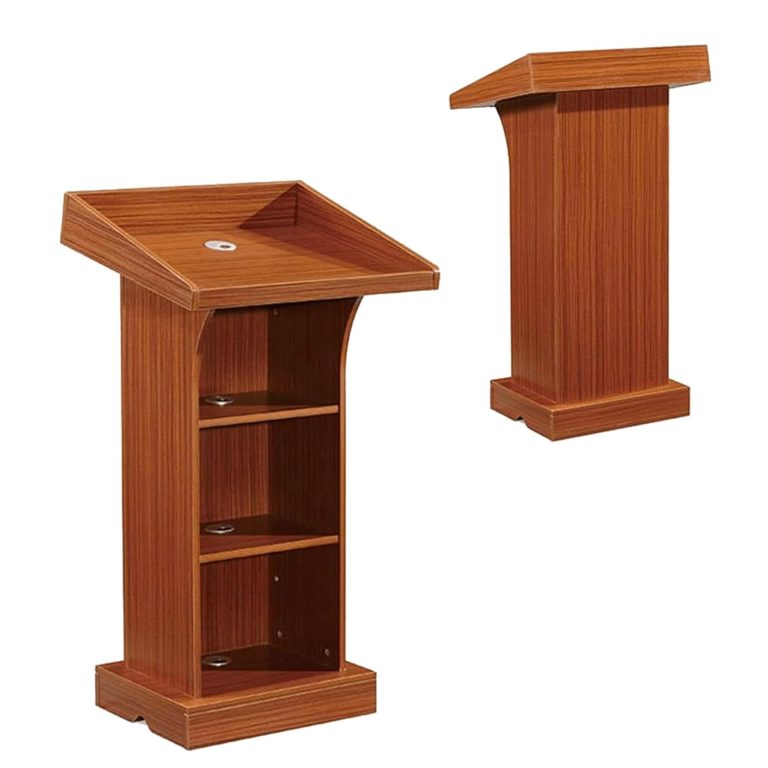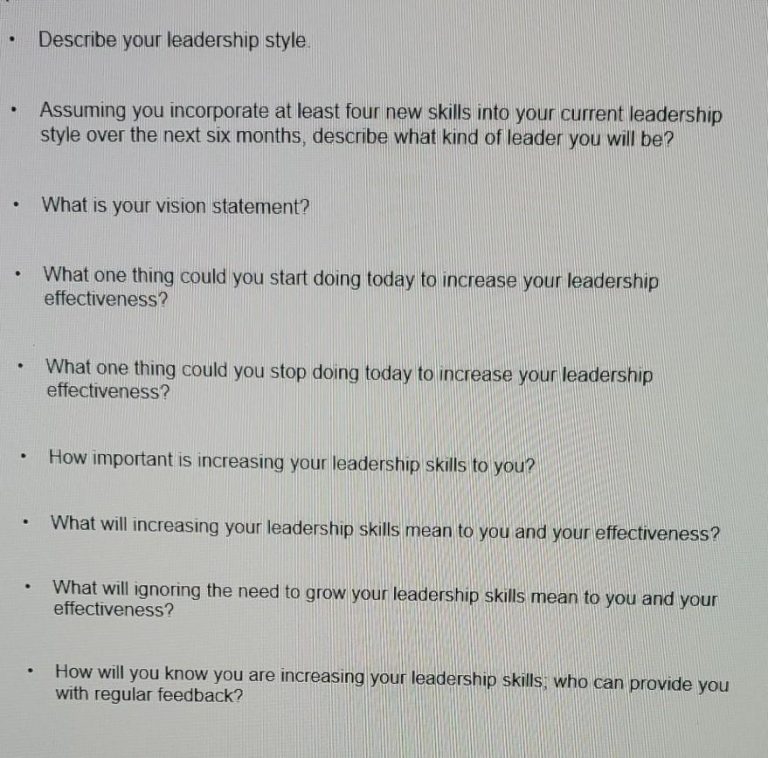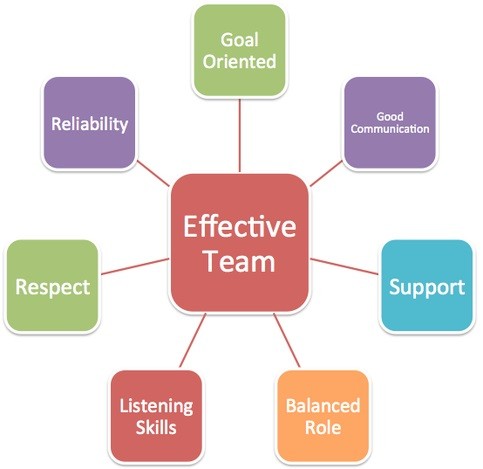How To Host A Networking Event
To host a networking event, plan a suitable venue and date, invite industry professionals, and organize activities to facilitate connections. Networking events are a fantastic way to bring together professionals from various industries and create meaningful connections.
By organizing a successful networking event, you can provide a space for individuals to meet, learn, and collaborate. From finding potential clients to expanding your professional network, hosting a networking event can be highly advantageous. However, to make your event a success, there are essential steps you need to follow.
We will guide you on how to host a networking event that leaves a lasting impression on attendees. From selecting a suitable venue and date to organizing engaging activities and promoting the event effectively, we will cover all aspects of hosting a successful networking event. So, let’s dive in and explore the steps involved in hosting an impactful networking event.

Credit: pros.squarespace.com
Choosing A Venue
When planning a networking event, selecting the perfect venue is crucial for ensuring its success. The right location sets the tone and atmosphere, allowing attendees to connect and build relationships in a comfortable environment.
When planning a networking event, one of the most crucial decisions you’ll make is choosing the right venue. The venue sets the tone for the event and can greatly impact attendees’ experience. Here are three key factors to consider when selecting a venue:
Location
The location of the venue plays a pivotal role in attracting attendees. It should be easily accessible, preferably situated in a central area that is well-connected by public transportation. Ensure that the venue is located in a safe and desirable neighborhood, where participants will feel comfortable attending. Furthermore, choose a venue that is close to other amenities like restaurants, hotels, and parking facilities to make it convenient for your guests.
Capacity
Another critical factor to keep in mind is the capacity of the venue. Consider the number of potential attendees and select a venue that can comfortably accommodate that size. While you don’t want a space that is too small and cramped, a venue that is too big can make the event feeling empty and lackluster. It’s important to strike the right balance so that the venue feels lively and fosters networking opportunities among participants.
Amenities
Don’t forget to assess the amenities that the venue offers. These amenities can greatly enhance the overall experience of the networking event. Look for a venue that provides necessary facilities like Wi-Fi, audio-visual equipment, and ample power outlets. If the event is likely to span several hours, having access to comfortable seating arrangements and catering services can greatly enhance attendees’ satisfaction and encourage them to stay engaged throughout the event.
Choosing the right venue for your networking event is crucial for its success. By considering factors such as location, capacity, and amenities, you can ensure that your attendees have a positive experience and make meaningful connections with other professionals.
Creating A Guest List
Want to host a successful networking event? Start by creating a well-curated guest list, ensuring a diverse and influential group of professionals to enhance connections and opportunities.
Creating a Guest List Identify Target Audience: Before hosting a networking event, it’s crucial to identify your target audience. Knowing who you want to attract will help you streamline your efforts and ensure a successful event. Determine the industry or profession that aligns with your event’s purpose. For example, if you’re hosting a technology-focused event, your target audience would likely include IT professionals, developers, and tech entrepreneurs. Utilize Existing Networks: Building a guest list can be simplified by leveraging your existing networks. Start by reaching out to colleagues, business partners, and friends who might be interested in attending or know someone who would be. You can also consider reaching out to professional organizations related to your industry and ask them to promote your event to their members. By tapping into these networks, you can expand your reach and increase your chances of attracting relevant participants. Reach Out to Influencers: Influencers in your industry can play a significant role in boosting the credibility and visibility of your networking event. Look for individuals or organizations with a strong online presence and a significant following. Reach out to these influencers and offer them incentives to attend or promote your event. This could be anything from free tickets or exclusive access to your event. By collaborating with influencers, you can tap into their network and attract attendees who value their recommendations and expertise. Moreover, when inviting influencers, ensure your message is concise and compelling. Highlight the benefits they will gain by attending or promoting your event. Emphasize any unique features or special guests that will add value to their audience. This will make your invitation stand out and increase the likelihood of their participation. In conclusion, creating a guest list for your networking event requires careful consideration and strategic planning. By identifying your target audience, utilizing existing networks, and reaching out to influencers, you can maximize your event’s impact and ensure its success. So, take the time to craft a well-rounded guest list that attracts the right attendees and sets the stage for meaningful connections.Planning The Event Format
Planning the event format is crucial when it comes to hosting a successful networking event. With careful consideration of logistics, venue, and program, you can create an engaging and fruitful experience for attendees.
Decide On A Theme
When planning a networking event, one of the first things you need to do is decide on a theme. A theme not only adds excitement and interest to the event, but it also helps set the tone and purpose of the gathering. Choosing a relevant and engaging theme will attract attendees who share the same interests and goals.
To decide on a theme, consider the industry or profession of the target audience. Is there a specific area of interest or expertise that most attendees have in common? Think about current trends, challenges, or opportunities in the industry and how they can be incorporated into the theme of the event.
Once you have selected a theme, make sure to clearly communicate it in all event promotional materials, such as the event website, social media posts, and invitations. This will help potential attendees understand the focus and purpose of the networking event.
Schedule The Agenda
Having a well-planned agenda is crucial for a successful networking event as it keeps the event organized and ensures that attendees make the most of their time. When scheduling the agenda, consider the duration of the event and divide it into specific time slots for different activities.
Create a balance between structured networking opportunities and educational sessions. Include time for attendees to network with each other, engage in icebreaker activities, and participate in interactive discussions or panels. Additionally, make sure to allocate time for guest speakers or industry experts to share valuable insights.
Having a clearly defined schedule will help attendees prepare and manage their time effectively. List the agenda on the event website and send it out to registered participants prior to the event, so they can plan ahead and prioritize their activities.
Include Interactive Elements
One of the best ways to ensure the success of a networking event is to include interactive elements that encourage engagement and active participation from attendees. Interactive activities help break the ice, spark conversations, and create a memorable experience for participants.
Consider incorporating icebreaker games or team-building exercises that allow attendees to interact and get to know each other better. This can be as simple as a group discussion on relevant industry topics, or as creative as a scavenger hunt that encourages attendees to network and collaborate.
Furthermore, create opportunities for attendees to actively participate in discussions and share their knowledge and experiences. This can be done through Q&A sessions, panel discussions, or breakout sessions where attendees can exchange ideas, ask questions, and learn from each other.
By including interactive elements, you will not only foster connections but also provide a valuable networking experience that attendees will remember long after the event ends.
Promoting The Event
Hosting a successful networking event requires strategic promotion to attract attendees. By utilizing various marketing channels like social media, email campaigns, and targeted advertising, you can create buzz and ensure a well-attended and impactful event.
Create A Marketing Plan
To ensure the success of your networking event, it’s important to create a well-structured marketing plan. This plan will help you reach your target audience, generate interest, and maximize attendance. Start by defining your event’s goals and objectives. Are you aiming to attract professionals from a particular industry? Or are you looking to bring together a diverse group of entrepreneurs?
Identify your target audience and tailor your marketing efforts accordingly. Consider their interests, demographics, and online behaviors. Conduct market research to understand where your audience spends their time online and what platforms they prefer. This will allow you to focus your marketing efforts where they will have the most impact.
Utilize Social Media
Social media is a powerful tool for promoting networking events. Create a social media strategy that includes platforms such as Facebook, Twitter, LinkedIn, and Instagram to connect with potential attendees. Use captivating visuals, compelling captions, and relevant hashtags to grab attention and generate excitement.
Build a strong online presence by actively engaging with your audience. Respond to comments, answer questions, and share valuable content related to your event. Harness the power of influencers by collaborating with relevant industry leaders who can promote your event to their followers.
Send Personalized Invitations
Stand out from the crowd by sending personalized invitations to potential attendees. Craft individualized messages that highlight the benefits of attending the event and address the recipient by name. Personalization shows that you value their presence and increases the likelihood of a response.
Make use of email marketing tools to automate the invitation process. Track open rates and click-through rates to measure the effectiveness of your email campaigns. Remember to follow up with personalized reminders as the event date approaches to ensure maximum attendance.
Executing A Successful Event
Looking to host a successful networking event? Follow these simple steps for executing an event that will leave attendees impressed and connections thriving.
Prepare The Venue
The success of your networking event heavily depends on the venue you choose. Start by scouting locations that suit the size and theme of your event. Look for venues that offer the necessary amenities, like audio-visual equipment, Wi-Fi, and comfortable seating arrangements. Make sure the venue has ample space for networking activities and presentations.
Once you have chosen the venue, prepare it to create a professional and welcoming atmosphere. Ensure that the seating arrangement encourages interaction and networking. Consider setting up designated areas with refreshments and snacks to facilitate casual conversations. A well-prepared venue sets the tone for a successful networking event.
Coordinate Presentations And Activities
To keep your attendees engaged and informed, it’s crucial to coordinate presentations and activities seamlessly. Work with your speakers or presenters well in advance to ensure they have the necessary resources and equipment for their sessions.
Develop a clear schedule for the event and communicate it to all participants. This way, they can plan their time accordingly and know what to expect. Offer a variety of presentations, such as panel discussions, workshops, or keynote speeches, to cater to different interests and learning styles.
Consider incorporating interactive activities that promote networking, such as icebreaker games or group exercises. These activities break the ice and encourage participants to engage with one another, fostering meaningful connections.
Facilitate Networking Opportunities
Networking is the heart of any networking event. Ensure that attendees have ample opportunities to connect and build relationships with one another. Arrange designated networking sessions where participants can freely mingle and exchange contact information.
Encourage attendees to bring business cards or create a digital platform where they can share their contact details. Provide areas for participants to showcase their products or services, allowing for informal conversations and collaborations.
Consider implementing a matchmaking system that pairs attendees based on their interests or industry, facilitating more targeted networking experiences. Provide discussion prompts or conversation starters to help attendees navigate networking sessions with ease.
In conclusion, executing a successful networking event requires careful preparation and coordination. By choosing the right venue, coordinating presentations and activities effectively, and facilitating networking opportunities, you can create an engaging and valuable experience for all attendees.

Credit: leahgervais.com

Credit: www.growthzone.com
Frequently Asked Questions For How To Host A Networking Event
How Do You Plan A Successful Networking Event?
To plan a successful networking event, start by setting clear goals, choosing a suitable venue, inviting the right people, and creating engaging activities.
What Are Some Networking Event Ideas For Professionals?
Some networking event ideas for professionals include industry-specific conferences, panel discussions, speed networking sessions, and virtual networking events.
How Can You Encourage Meaningful Connections At A Networking Event?
To encourage meaningful connections at a networking event, create icebreaker activities, provide networking prompts, encourage active participation, and follow up with attendees afterwards.
Conclusion
Hosting a successful networking event requires careful planning, effective communication, and attention to detail. By following the tips and strategies discussed throughout this blog post, you’ll be well-equipped to create a memorable and valuable experience for your attendees. Remember to provide ample opportunities for meaningful connections, offer engaging and informative content, and ensure a welcoming and inclusive atmosphere.
With the right approach, your networking event can become a powerful catalyst for professional growth and relationship building.




